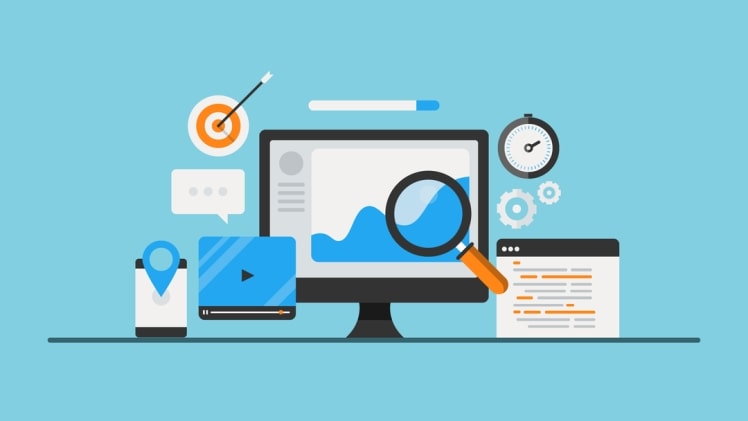From healthcare operations to tech solutions, every company is looking for the most effective way to find new leads and turn those leads into lifetime customers. Generating new leads is costly and time-consuming for your company. A loyal customer who becomes an advocate will open up many more opportunities for sales without taking up critical financial resources. That’s where the customer experience comes in. If a new customer has a phenomenal experience with your company, they will be that much more likely to advocate on your behalf. Here’s a step-by-step guide to maximizing the customer experience.
Step 1: Optimize Your Internal Processes
Before you think about making big changes to your customer service team or instituting specialized training, you should make sure that your internal processes are as efficient and automated as possible. If you have a variety of products and financial processes that are siloed across your company, it can lead to negative customer experiences when those departments miss out on crucial customer or order information. Automating revenue operations and streamlining sales is a critical step to improving your customers’ experience.
Step 2: Hone Your Products
No matter how amazing your customer service team is, your products have to speak for themselves. Before you assess the health of the customer experience at your company, you have to ensure that you are providing what your customers need with high-quality products and services. This goes hand in hand with the next step.
Step 3: Know Your Market
Ideally, before you launched your company, you undertook extensive market research to understand how your products fit into the lives of consumers and customers. Whether you completed only a surface-level survey or your company has changed drastically since then, you need to stay current on this research. The better you understand your customers and their needs, the better you can tailor the customer experience.
Step 4: Understand the Customer Journey
At the core of the customer experience is the customer journey, which includes every step of the sales process. From the customer’s point of view, this journey starts with learning about your company and then continues with the decision to make a purchase. After that, the customer will receive the product or service and will either continue to purchase from your company or find the solution or product somewhere else. You should reflect on how your customer goes through this journey with your company to improve any parts of the process that are painful or ineffective.
Step 5: Include a Feedback Mechanism
Your customers are ready and willing to tell you about their experiences. Make sure to include a feedback mechanism so you can learn about what is working and what isn’t when it comes to the customer journey.
Step 6: Analyze Your Strengths and Weaknesses
Once you start collecting data on the customer experience, you have to use it. There are always ways to improve your processes, so don’t be afraid to be critical of your strengths and weaknesses as a company so that you know how to move forward.
Step 7: Implement the PDCA Process
As you build an idea of what you can improve on, you should implement an effective process for making small, measurable changes to your customer’s experience. One tried-and-true process is PDCA, which stands for plan, do, check, and act. According to the data you collect and analyze, you should make a plan to implement a small change, put that change into action, measure the results, and then act on those results. Repeat this process as many times as you need in order to maximize your customer’s experience with your company.
At the end of the day, the customer is king. Your goal as a business owner is to establish stable revenue that allows you to grow. By streamlining your operations and focusing on the customer, you will be able to achieve long-term success and a prominent presence in the market.

